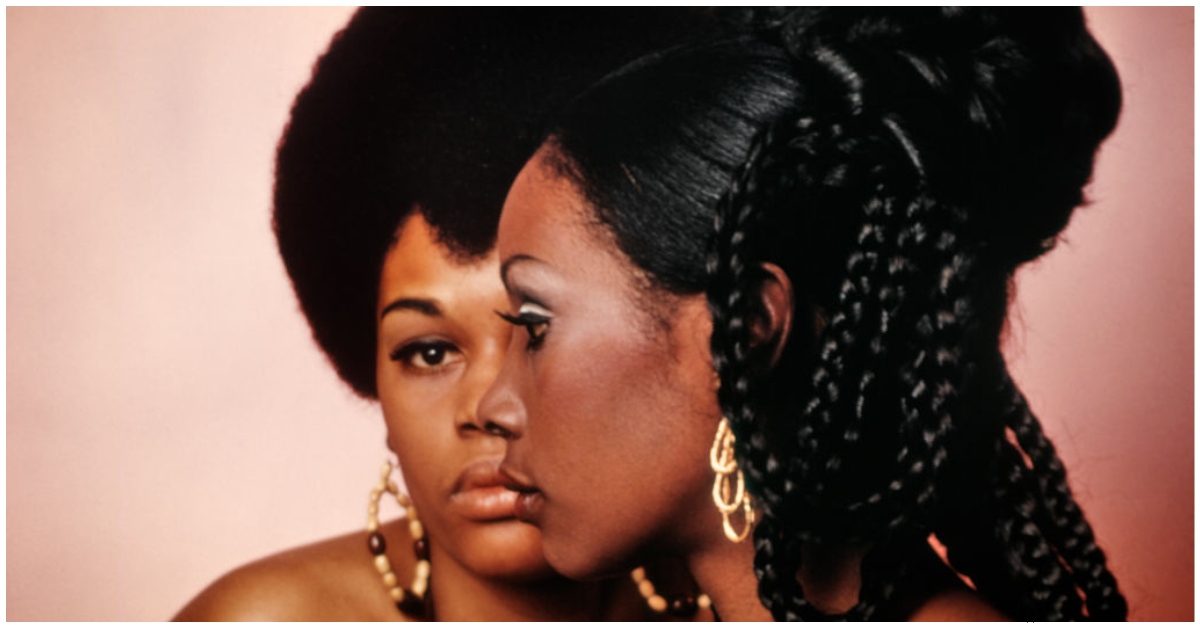Achieving strong, radiant, and flexible hair is a common goal, whether you have a short, edgy cut, a chic shoulder-length style, or cascading Rapunzel-like locks. Healthy hair doesn’t happen by chance—it requires intentional care and effort. Here are 13 expert-backed tips to help you nourish and maintain beautiful, resilient hair, even if it’s been damaged.
1. Wash Less Frequently
Overwashing strips your hair of natural oils, leaving it dry and lackluster. Aim to wash your hair only a few times a week to maintain a balanced oil level. In between washes, dry shampoo can help absorb excess oil and refresh your hair.
2. Condition with Purpose
Apply conditioner primarily to the mid-lengths and ends of your hair, working it upwards towards the scalp if needed. If your scalp is dry or flaky, choose a conditioner designed for hydration. Selecting the right conditioner for your hair type is key to maintaining moisture and softness.
3. Indulge in a Weekly Hair Mask
A deep-conditioning mask once a week replenishes moisture, strengthens strands, and enhances shine. Regular use can transform dry or damaged hair, restoring its natural resilience and suppleness.
4. Protect Your Hair from Heat
Excessive heat styling weakens your hair over time. Reduce blow-drying and hot tool usage, and always apply a heat protectant before styling. Leave-in treatments like Batiste™ Leave-In Masks can shield your hair from temperatures up to 450°F.
5. Minimize Chemical Processing
Frequent coloring, perming, or relaxing can weaken hair structure. If you chemically treat your hair, give it time to recover between sessions and incorporate nourishing treatments to restore strength and elasticity.
6. Shield Hair from Sun & Water Damage
Prolonged sun exposure and chlorinated pools can dry out and damage your hair. Apply a leave-in conditioner before swimming, and wear a hat in direct sunlight to protect both your hair and scalp from harmful UV rays.
7. Detangle Before Washing
Brush or gently finger-comb your hair before showering to prevent excessive breakage and tangling. This simple step saves time and helps maintain healthier strands.
8. Brush Dry Hair, Not Wet
Wet hair is more fragile and prone to snapping. Use a wide-tooth comb on damp hair or wait until it’s almost dry before brushing to minimize breakage—especially for curly or textured hair.
9. Towel-Dry Gently
Instead of rubbing your hair with a towel, wrap it gently and squeeze out excess moisture. Rubbing can cause tangling, frizz, and breakage, while blotting keeps your hair smoother and healthier.
10. Keep Your Scalp Hydrated & Protected
A healthy scalp is the foundation of healthy hair. Protect it from the sun with hats or scalp sunscreen, shampoo less frequently to prevent over-drying, and use hydrating scalp treatments as needed.
11. Adopt a Nighttime Hair Routine
Minimize friction and tangling while you sleep by tying long hair in a loose braid or wearing a sleep cap. Switching to a silk or satin pillowcase can also reduce frizz and hair breakage.
12. Schedule Regular Trims
Keep your ends healthy by getting regular trims: every 3-7 weeks for short hair, every 8-12 weeks for textured or curly hair, and at least every 12 weeks for long hair. Trimming prevents split ends from traveling up the hair shaft and keeps your style looking fresh.
13. Nourish from Within
Your diet plays a crucial role in hair health. Eat nutrient-rich foods high in protein, essential fatty acids, and B-vitamins to support keratin production. Stay hydrated to keep your hair and scalp moisturized from the inside out.
By incorporating these simple yet effective habits into your routine, you can achieve and maintain vibrant, healthy hair, no matter your hair type or length.





